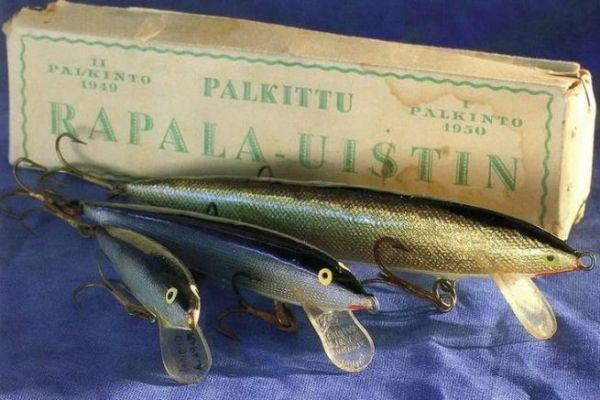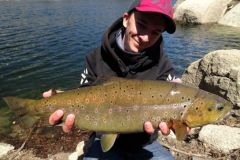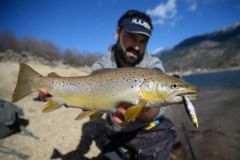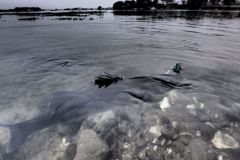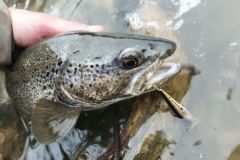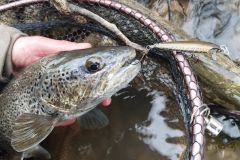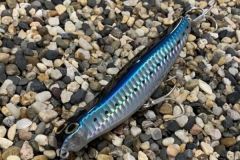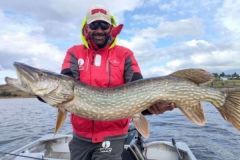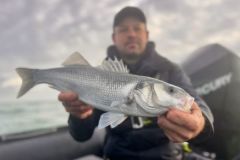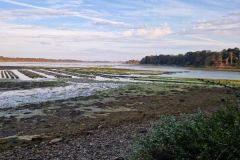Fishing for self-sufficiency
The origins of the Rapala go back to the 1930s. Toivo Pylväläinen is a Finnish manual laborer who sells his strength on the country's large construction sites. But one day, when the canteen maid finds herself pregnant, he is ordered to take responsibility and get married. No one knows whether he was the father or not, but he disappears into the night and wanders back to the building sites. Eventually, he isolated himself on the island of Koreakoivu in the middle of Lake Päijänne. Alone among the "pretty birch trees" that give the island its name, he is known as the hermit of Koreakoivu.
To survive, Toivo fishes from his rowing boat. He builds his own lures and becomes a master of the craft, testing them by trolling behind his boat. After hand-carving them from wood by candlelight, dressing them with bark, he paints them and uses various tricks to resemble a fish as closely as possible, a celluloid film making them shiny and translucent.
After the tests behind the boat, Toivo keeps the best lures for himself and a few specialists and goes to the market in the nearest town, nearly 8 kilometers away by boat, to sell the others!
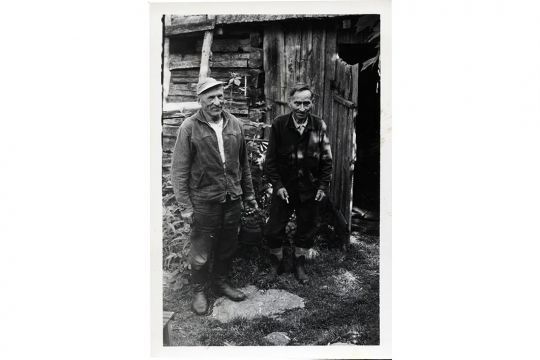
Rapala, from fishing to lure sales
Also an angler on Lake Päijänne, Lauri Rapala struggles to feed his family from his fishing. Initially fishing with live bait, he saw the success of Toivo Pylväläinen's lures and learnt from him how to make them. He created his first lure with cork and knife in 1936. He developed his lures further, using photo negatives melted down to render the fish. But above all, he became a master at balancing the lure, so that it reproduced the movements of wounded fish that attract their predators. Eventually, he realized that selling lures was a safer way to earn a living than fishing himself, and made it his business.
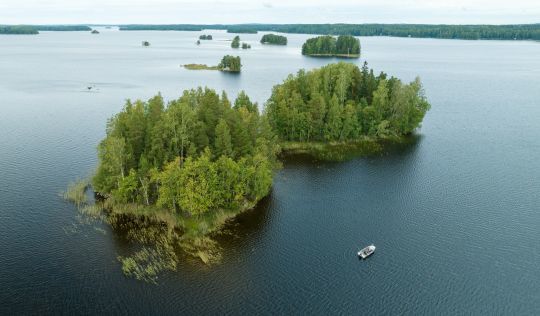
From Finnish lure to iconic fishing brand with the help of Marilyn Monroe!
Rapala began marketing its lures locally and in towns near Lake Päijänne, before being resold by a Helsinki business. During the Summer Olympics in Helsinki in 1952, Rapala lures were spotted by international tourists. The first exports began in Sweden and Norway in 1955 and 1956, before the United States became a major market.
Distribution in the USA began as a joint venture with local fishing tackle manufacturer Ron Weber and his partner Raymond Weber. But it was an astonishing coincidence that launched the beginning of the worldwide success story. Rapala bought a one-page advertisement in the famous Vogue magazine of August 17, 1962. Little did they know that the cover, dedicated to the death of Marilyn Monroe, would make this the magazine's most widely distributed issue.
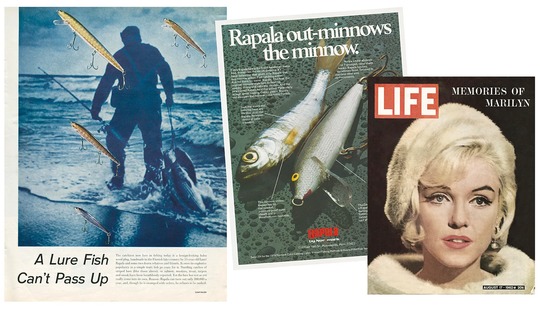
This marked a turning point for the family business. The first Finnish factory in Vääksy, near the historic lake, was quickly followed by a second in Riihilahti in 1963.
In 1974, Lauri Rapala died and the company was taken over by his three sons. New lures boosted growth, and in the 1990s investors joined the family, while a series of acquisitions of fishing tackle manufacturers and distributors made Rapala one of the biggest companies in the sector.
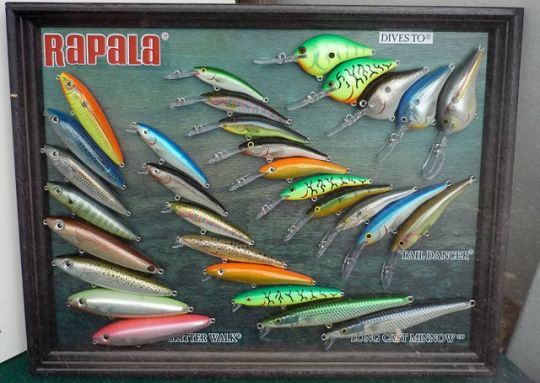
Present in 140 countries, Rapala claimed 20 million lures sold each year in 2024.
